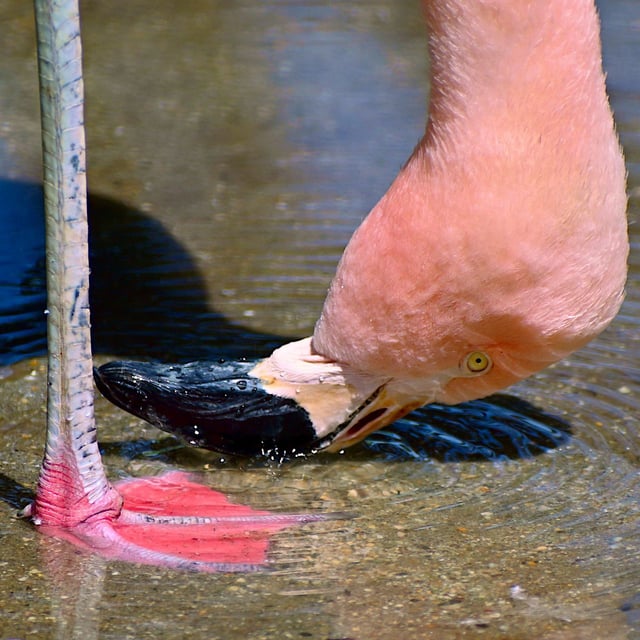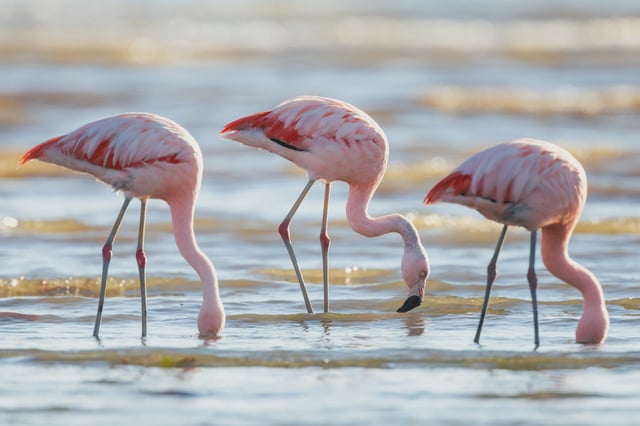Overview
- Flamingos generate underwater vortices by stomping their webbed feet and chattering their L-shaped beaks, concentrating prey like brine shrimp and copepods.
- High-speed imaging, fluid dynamics simulations, and 3D-printed models validated these feeding mechanisms, overturning the notion that flamingos are passive filter feeders.
- The birds' beak chattering increases prey intake by up to seven times compared to passive filtering, demonstrating advanced biomechanical specialization.
- The study, conducted by a multi-institutional team led by Victor Ortega Jiménez, was published in the Proceedings of the National Academy of Sciences in May 2025.
- Insights from flamingo feeding strategies could inspire innovations in filtration systems, self-cleaning filters, and aquatic robotics for polluted environments.



